Determining the ideal frequency to wash your hair can be confusing. With countless opinions and trends circulating online, it’s easy to get lost in the debate. However, science provides clear insights into how often you should wash your hair based on various factors such as your hair type, oiliness, workout routine, product use, and whether your hair is dyed.
We’ll also reference authoritative sources such as the American Academy of Dermatology and Mayo Clinic to provide credible and evidence-based advice.
How Often Should You Wash Your Hair?
It Depends on Your Hair Type – Customizing Your Washing Routine

One of the most important factors in determining how often to wash your hair is your hair type. Whether you have oily, dry, or normal hair, your ideal washing frequency can vary significantly.
For Oily Hair:
If you have oily hair, your scalp produces excess sebum (oil), which can make your hair look greasy. Washing your hair more frequently—typically every day or every other day—can help keep your scalp clean and reduce oil buildup. However, using a gentle, sulfate-free shampoo is essential to avoid stripping your hair of its natural moisture.
For Dry Hair:
Dry hair, on the other hand, requires less frequent washing to prevent further dehydration. Washing once or twice a week is usually sufficient. Opt for moisturizing shampoos and conditioners that can help replenish lost moisture and protect your hair from damage.
For Normal Hair:
If your hair is neither too oily nor too dry, washing it two to three times a week may be ideal. This frequency helps maintain a balanced scalp environment while preserving natural oils that keep your hair healthy.
According to experts at the American Academy of Dermatology, finding the right balance based on your hair type is crucial for maintaining scalp health and overall hair vitality.
Your Hair Feels Oily – Recognizing When It’s Time to Wash
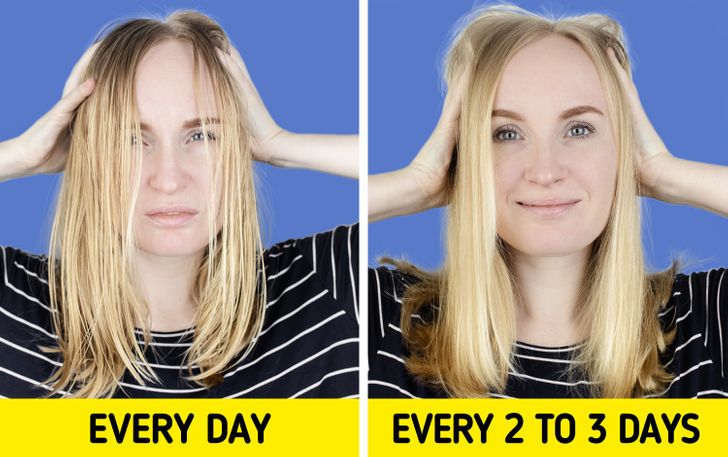
Even if you have a hair type that typically doesn’t require daily washing, sometimes your hair might feel excessively oily. An oily scalp can lead to not only a greasy appearance but also potential scalp issues such as dandruff and irritation.
Identifying Excess Oil:
- Visual Cues: If your hair appears shiny or greasy soon after washing, it’s a sign that your scalp might be producing too much oil.
- Tactile Feedback: Running your fingers through your hair and feeling a slick or oily residue can indicate that it’s time for a wash.
When to Adjust Your Routine:
Even if your hair type is normally low-maintenance, occasional spikes in oil production may occur due to hormonal changes, stress, or environmental factors. In these cases, you may need to wash your hair more frequently until the balance is restored.
Expert Advice:
Dr. Amy McMichael from the American Academy of Dermatology suggests that individuals experiencing excessive oiliness should consider using a clarifying shampoo once a week. This helps remove buildup without causing over-drying.
Tips for Managing Oily Hair:
- Use a Lightweight Conditioner: Avoid heavy products that can weigh your hair down.
- Rinse Thoroughly: Ensure all shampoo and conditioner residues are washed out.
- Avoid Over-Brushing: Excessive brushing can stimulate oil production.
You Work Out a Lot – Managing Sweat and Scalp Buildup
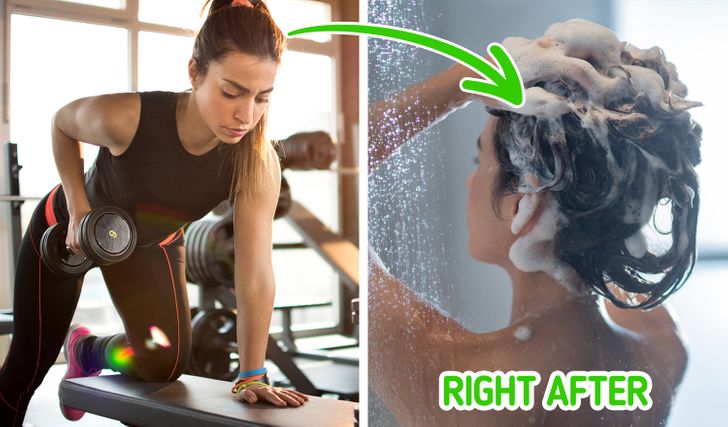
For those with an active lifestyle, regular exercise can be a double-edged sword when it comes to hair care. While exercise is essential for overall health, sweat and environmental pollutants can accumulate on your scalp, leading to clogged pores and an unclean feeling.
Exercise and Scalp Health:
- Sweat Accumulation: Sweat can mix with oils and dirt, leading to buildup that may irritate the scalp and contribute to dandruff.
- Bacteria Growth: A damp, warm environment from sweat can promote bacterial growth, potentially causing scalp acne or infections.
Washing Frequency for Active Individuals:
If you work out frequently, consider washing your hair post-exercise to maintain a clean scalp. However, if daily washing seems too harsh for your hair type, rinsing with water or using a gentle cleansing conditioner can help remove sweat without stripping away essential oils.
Practical Tips:
- Post-Workout Routine: Rinse your hair immediately after exercising if possible.
- Dry Shampoo: On non-wash days, a quality dry shampoo can absorb excess oil and refresh your scalp.
- Cool Down: Allow your hair to cool before tying it up post-workout to minimize friction and damage.
Research from the Mayo Clinic emphasizes the importance of maintaining scalp hygiene, particularly for active individuals, to prevent scalp irritation and maintain healthy hair.
You Use Styling Products Often – The Hidden Culprit Behind Build-Up
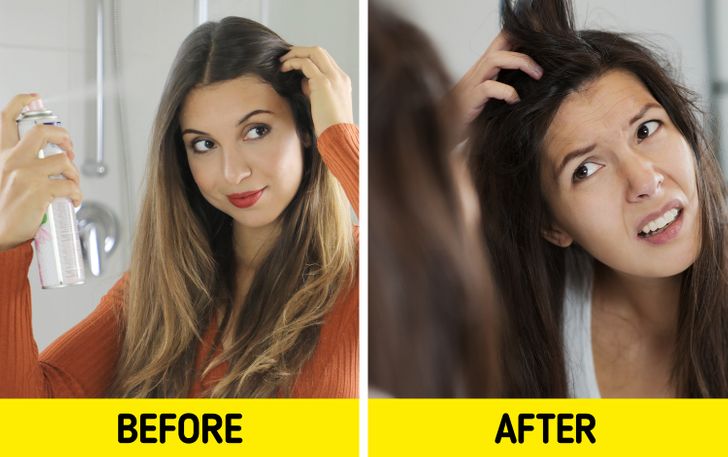
If you love styling your hair with gels, sprays, or serums, you might be inadvertently contributing to product buildup on your scalp and hair. Over time, these products can accumulate, leading to dull, lifeless hair and even clogging hair follicles.
Effects of Product Buildup:
- Dull Appearance: Excess product can coat your hair, making it appear flat and lifeless.
- Scalp Irritation: Buildup can block pores and lead to scalp irritation, which may result in itching or dandruff.
- Reduced Effectiveness: Over time, buildup can counteract the benefits of your styling products, making your hair more prone to damage.
Managing Product Build-Up:
To prevent these issues, it’s essential to choose the right cleansing methods and products that can effectively remove styling residues without damaging your hair.
Expert Recommendations:
Dermatologists recommend using a clarifying shampoo once every one to two weeks, especially if you use a lot of styling products. This helps break down and remove the buildup without stripping your hair of its natural moisture. For everyday washing, opt for a gentle shampoo that targets buildup while being kind to your hair.
Additional Tips:
- Alternate Product Use: Consider giving your hair a break from heavy styling products on some days.
- Deep Conditioning: Regular deep conditioning treatments can help restore moisture and balance after using clarifying shampoos.
- Proper Rinsing: Make sure you thoroughly rinse out all styling products to avoid residue.
For further details on managing styling product buildup, resources like WebMD and the American Academy of Dermatology offer in-depth insights.
Your Hair Is Dyed – Protecting Color-Treated Hair from Over-Washing
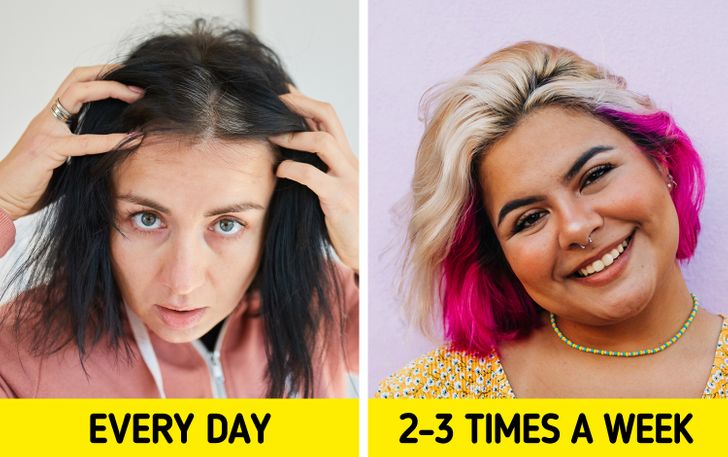
If you have color-treated hair, your washing routine should be adjusted to preserve the vibrancy and longevity of your color. Frequent washing can lead to fading, dryness, and damage, making it essential to strike a balance between maintaining cleanliness and protecting your hair’s color.
Challenges for Dyed Hair:
- Color Fading: Over-washing can strip the color from your hair, leading to dull and faded locks.
- Dryness and Damage: The chemicals used in hair dye can make your hair more susceptible to dryness, and excessive washing can exacerbate this problem.
- Scalp Sensitivity: Color treatments can also make your scalp more sensitive, requiring gentler care and fewer washings.
Optimizing Your Routine for Dyed Hair:
Experts suggest washing color-treated hair less frequently—typically two to three times a week. When you do wash, use shampoos and conditioners specifically formulated for colored hair, which help lock in moisture and maintain color integrity.
Maintenance Tips:
- Cold Water Rinse: Rinse your hair with cool water to help seal the hair cuticle and preserve color.
- Deep Conditioning Treatments: Regular deep conditioning can restore moisture and shine to color-treated hair.
- Avoid Harsh Chemicals: Steer clear of products containing sulfates and other harsh chemicals that can strip away color.
For more expert advice on caring for dyed hair, check out resources from the American Academy of Dermatology and Mayo Clinic.
Bringing It All Together – Tailoring Your Hair Washing Routine for Optimal Health
Your ideal hair washing routine depends on a variety of factors—from your hair type and oiliness to your lifestyle and use of styling products. Here’s a quick recap to help you determine the best approach for you:
Hair Type: Adjust your washing frequency based on whether your hair is oily, dry, or normal. Oily hair may need daily washing, while dry hair might do well with a less frequent routine.
Oiliness: If your hair feels greasy soon after washing, it might be a sign that you need to increase the frequency or adjust your shampoo formulation.
Workout Routine: Active individuals should consider rinsing or washing post-exercise to maintain scalp hygiene.
Styling Products: Manage buildup by incorporating clarifying shampoos into your routine without overdoing it.
Color-Treated Hair: Protect your dyed hair by washing less frequently and using color-safe products.
Practical Strategies:
Customized Schedule: Create a personalized hair washing schedule that aligns with your unique needs.
Product Selection: Invest in high-quality, sulfate-free shampoos and conditioners that cater to your hair type and concerns.
Monitor Changes: Pay attention to how your hair and scalp respond over time and adjust your routine accordingly.
By tailoring your routine, you ensure that you maintain a healthy scalp, protect your hair’s natural integrity, and achieve the best possible results.
The Broader Impact of a Balanced Hair Washing Routine on Your Overall Well-Being
Maintaining a balanced hair washing routine isn’t just about aesthetics—it plays a significant role in your overall health and self-esteem. Clean, well-maintained hair can boost your confidence and contribute to a positive self-image. Conversely, improper care can lead to scalp issues, hair damage, and even discomfort that affects your day-to-day life.
Health Benefits Include:
Scalp Health: Regular washing helps remove dirt, oil, and environmental pollutants, reducing the risk of scalp conditions like dandruff and irritation.
Hair Strength: The right balance of cleansing and moisturizing ensures that your hair remains strong, shiny, and resilient against damage.
Psychological Impact: Feeling good about your hair can have a positive effect on your overall mood and self-confidence, which is why a personalized hair care routine is essential.
For more insights into the connection between hair care and overall health, consider exploring reputable sources such as Mayo Clinic and WebMD.
Conclusion – Mastering Your Hair Washing Routine for Health and Confidence
Understanding how often to wash your hair is a nuanced process influenced by your unique hair type, lifestyle, and personal preferences. According to science, there isn’t a one-size-fits-all answer. Instead, it’s about finding the right balance that keeps your hair and scalp healthy without stripping away essential natural oils.
By considering factors like oiliness, workout habits, product use, and whether your hair is dyed, you can develop a customized routine that promotes optimal hair and scalp health. Embrace high-quality products, adjust your washing frequency based on your needs, and monitor your hair’s response to ensure you’re getting the best possible care.
Taking control of your hair care routine not only helps you maintain a vibrant, healthy mane but also contributes to your overall confidence and well-being. Start today by assessing your current routine and making small, informed changes that align with expert recommendations.
For additional tips and detailed guidance on hair care, refer to trusted sources like the American Academy of Dermatology, Mayo Clinic, and WebMD. With science-backed insights at your fingertips, you’re well-equipped to achieve and maintain the hair health you deserve.
Preview photo credit Westend61 / Getty Images, Westend61 / Getty Images

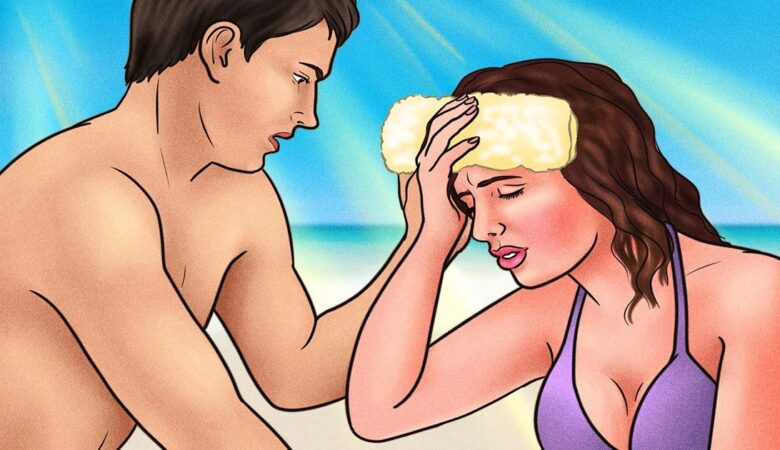

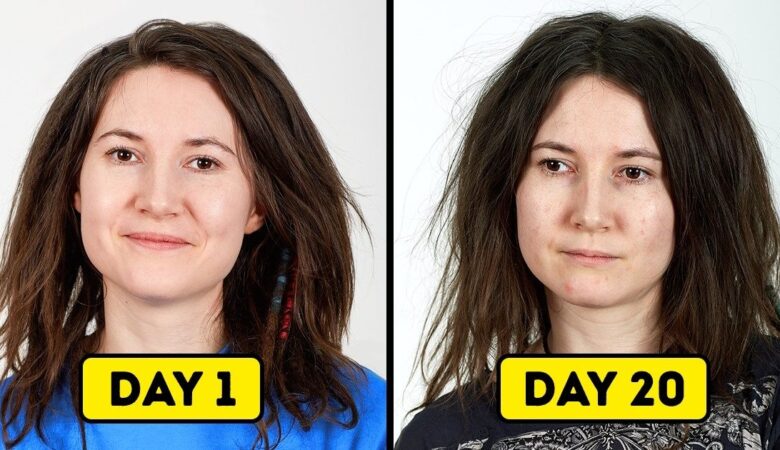
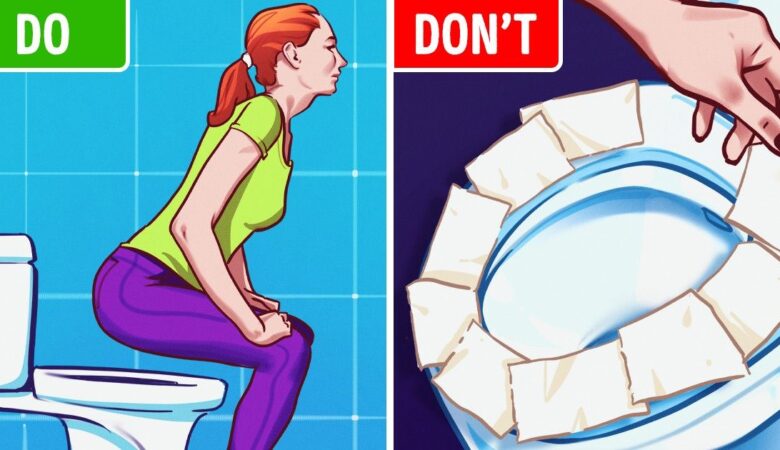



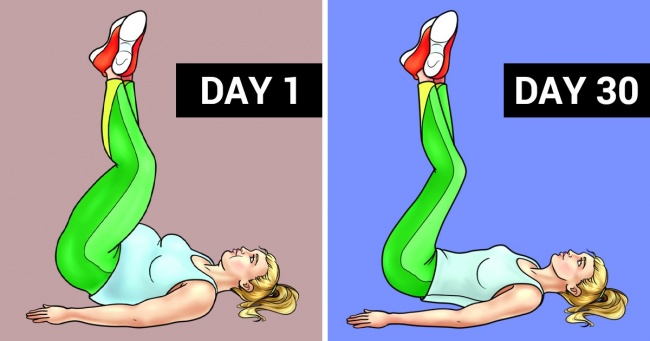
Leave a Reply